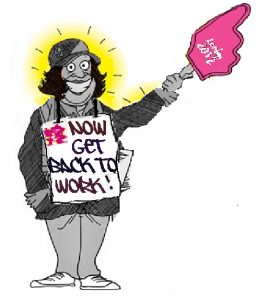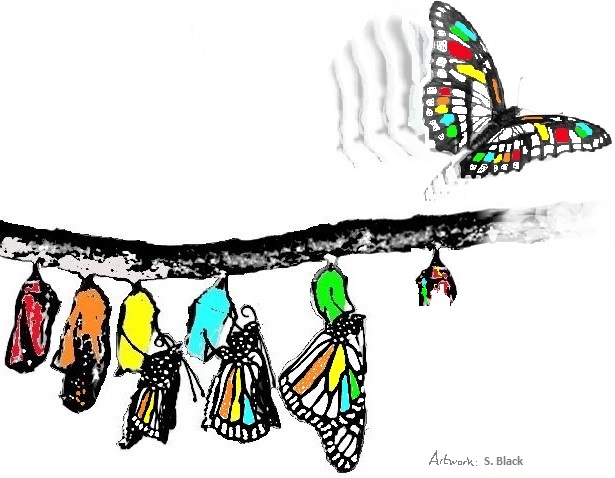 Ed Deming used to say that ‘things will always go wrong’. This is true in the complex work and business environments that are encountered day-to-day.
Ed Deming used to say that ‘things will always go wrong’. This is true in the complex work and business environments that are encountered day-to-day.
We can be victims to this, much as we would be for unforeseen natural disasters: hurricanes, tsunamis, volcanic eruptions. Alternatively we can prepare for a likely disaster and have plans in place to mitigate its effects: bunkers, safe havens, evacuation plans.
Better is for us to be able to predict these occurrences. This is true for natural disasters, but for most of us are not obviously threatened by such calamity (which is why we probably fuss more with the trivia of the world of work!). So lets talk work – the importance of prediction is true in how we handle day-to-day ‘disasters’.
Things go wrong for two reasons – (1) underlying problems in the way things are set up we means we have cycles of good days and bad days, and (2) problems caused by an assignable factor. Deming called the first ‘common causes’ and the second ‘special causes’. the importance of this differentiation is n what we do in response to those issues. Things will always go wrong.
If performance is below the level we need on a predictable basis then we have an underlying set of ‘common causes’ which are built into the system of work – its design, the training of people, the job design, raw materials, plans. This takes a lot of effort to test new methods, monitor progress and change and embed new approaches. No quick fix.
If a one off problem occurs think – do we know the cause? Is it a one-off? Can we mitigate for that cause? What would we do if it occurs again? Fr this situation never go through redesign of the system – that will only make things worse and put what was under control, to now spin out of control. However if you find the cause then stop and think – does knowing this fact give us a clue to future fundamental improvements?
Deming W.E. (1982) Out of the Crisis, MIT CAES, Cambridge MA.
Deming W.E. (1993) The New Economics, MIT CAES, Cambridge MA.








